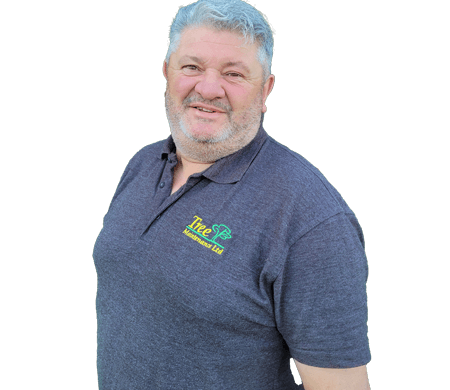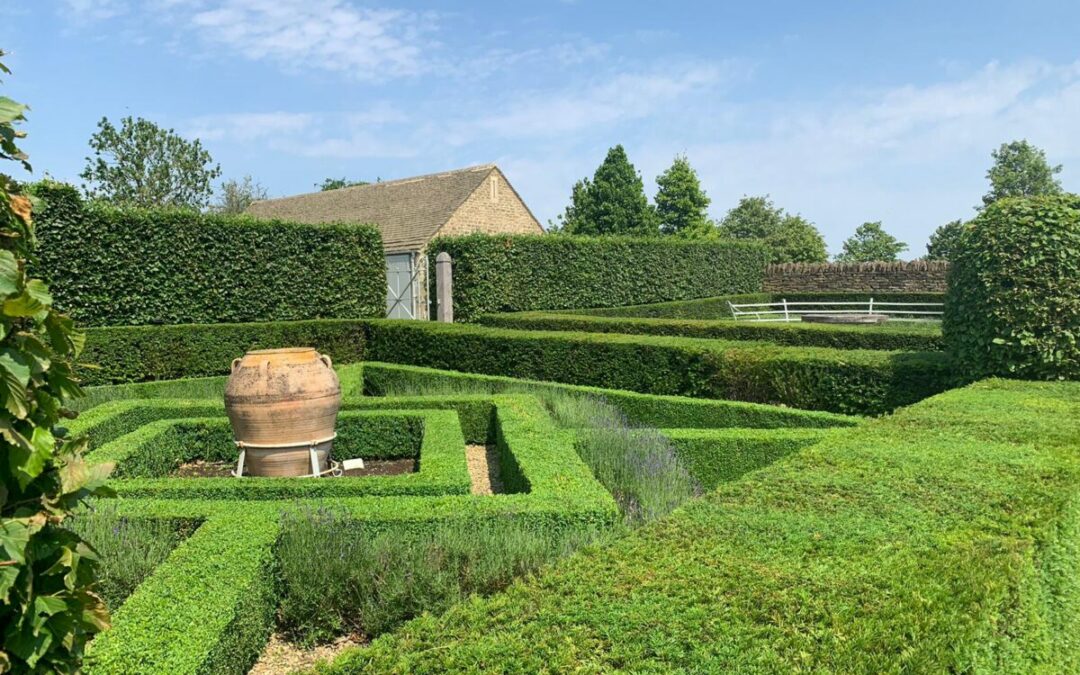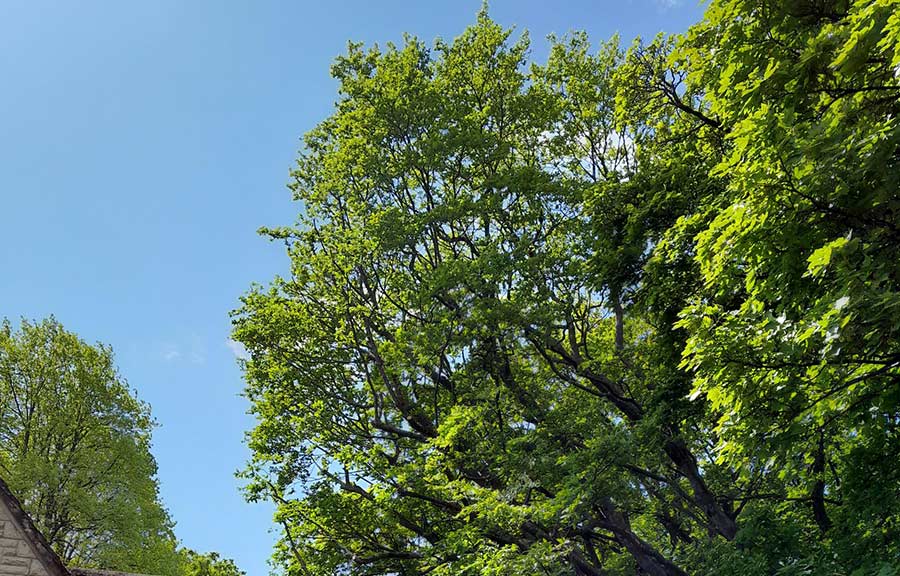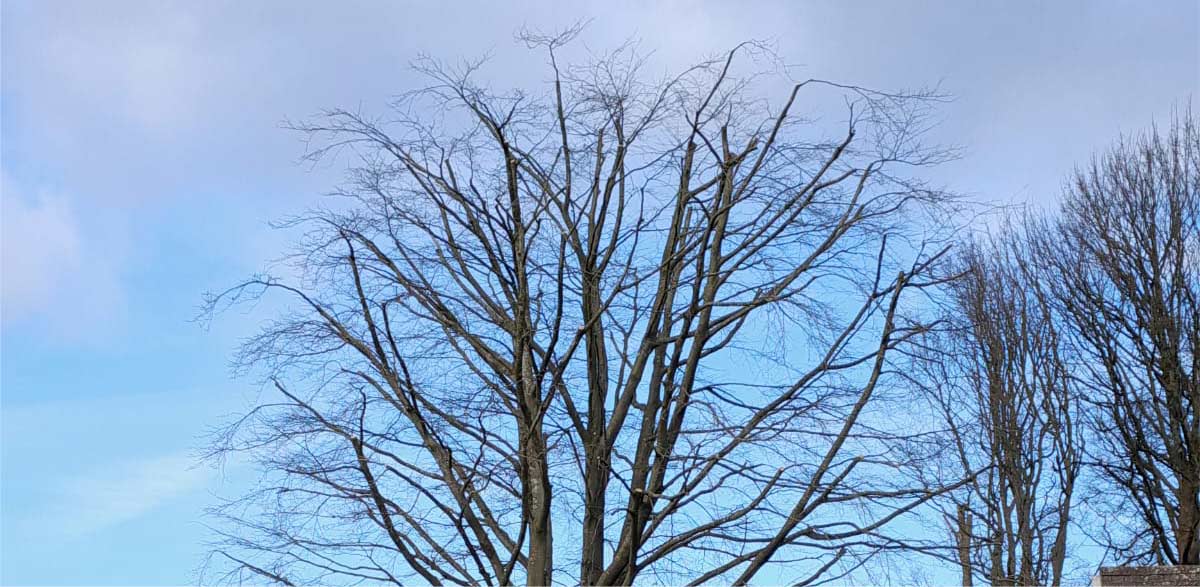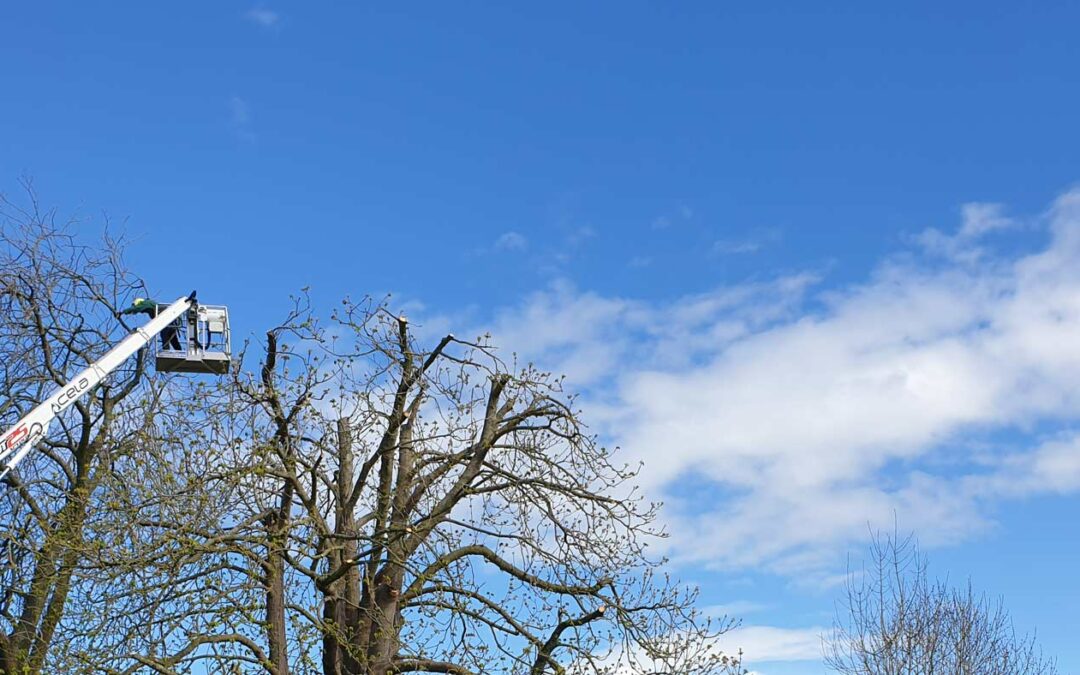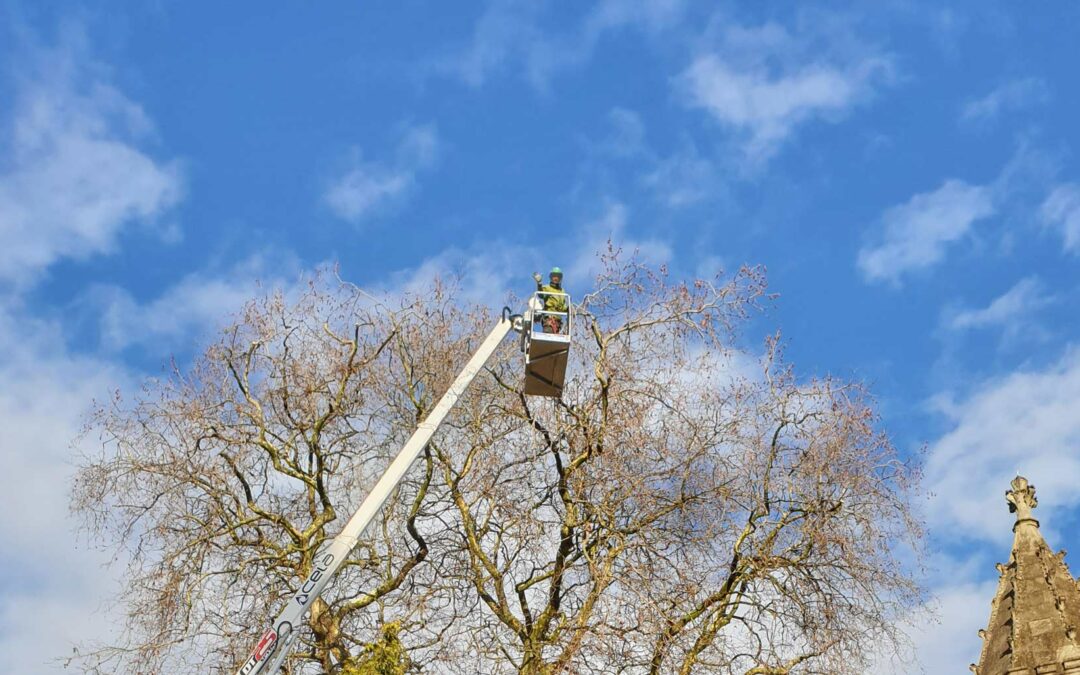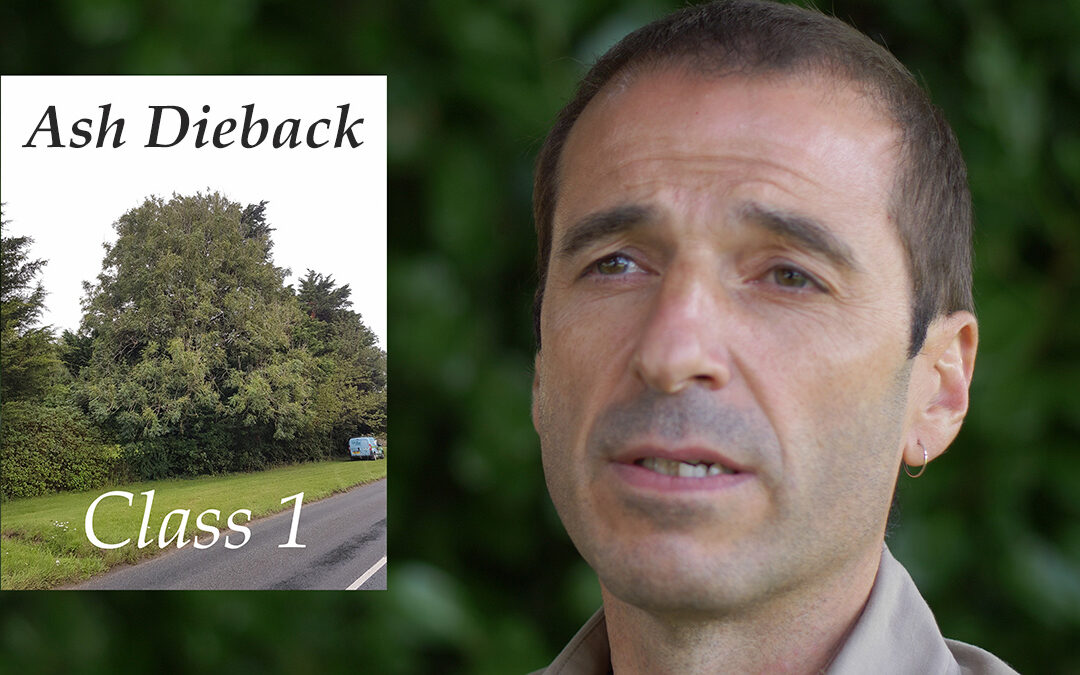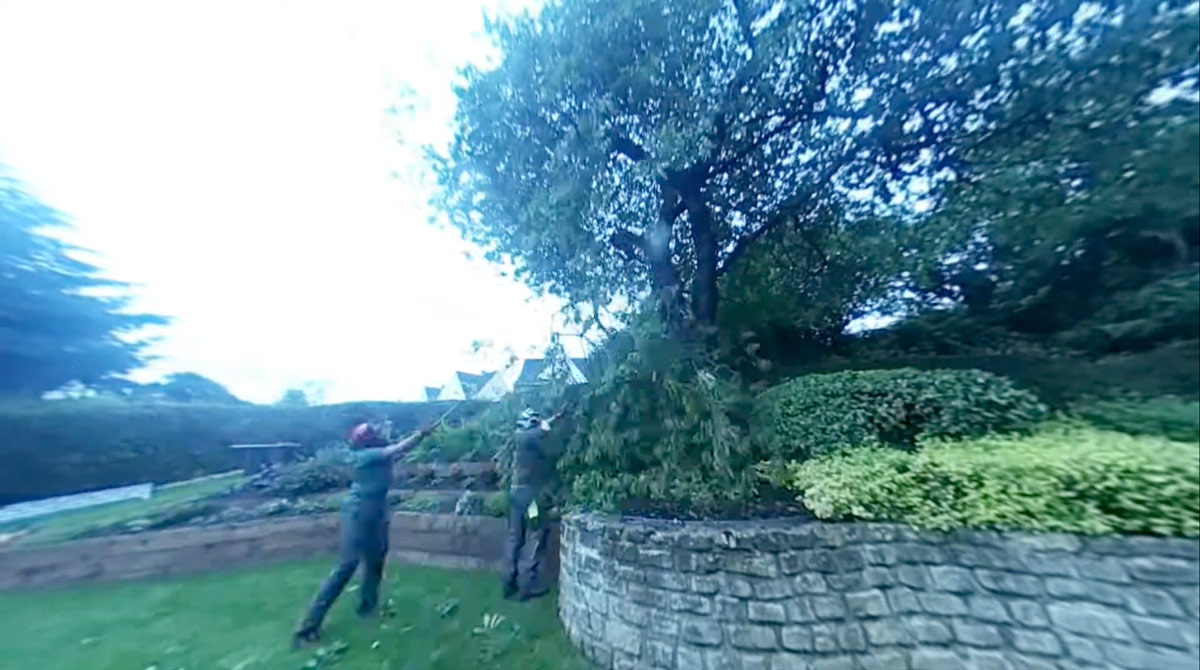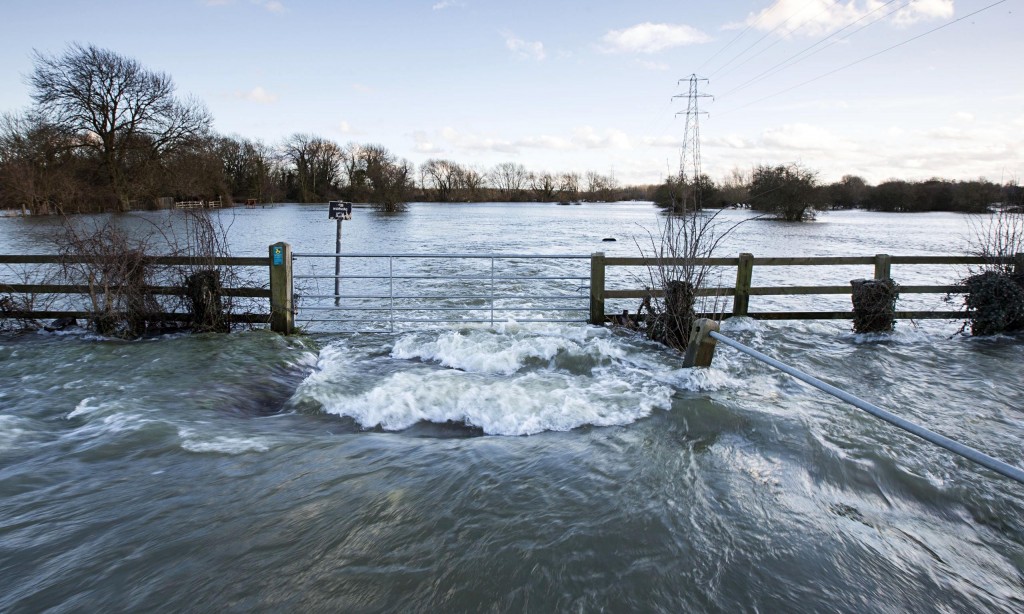A tree report is a generic term and relates to the assessment, analysis and reporting of specific issues in relation to the care, maintenance and management of trees.
The content and extent of the report will depend on the client’s instruction and requirements. It may range from the inspection of an individual tree, as a safety and health inspection to the assessment of many hundreds of trees for inventory, long term management, risk assessment and work prioritisation reasons.
If the reports are to support a planning application they should follow the requirements of ‘British Standard 5837 Trees in relation to Construction – Recommendations 2012’. This sets out a process to achieve the best possible juxtaposition between good quality existing trees and a new development both immediately and in the future. It is the main document by which Local Planning Authorities assess Applications. The process starts with a tree survey, followed by a constraints plan, an implications assessment/s of proposed scheme and culminating with a supporting Arboricultural Method Statement and Tree Protection Plan which details how trees will be protected throughout the development. Reports must be accurate and robust, as they may need to be defended under cross-examination at Appeal or at a Public Local Inquiry.
Tree reports are often required as part of the house purchase process (Mortgage Reports) or as a requirement when obtaining insurance cover. This type of report provides information to ensure trees within the property do not pose an unacceptable risk to the property or owners/occupiers of neighbouring land.
A report is likely to be required for any civil or criminal litigation (Expert witness report) where trees are alleged to be involved. This could be for part of a personal injury claim, accident investigation, subsidence damage claim or boundary dispute. Case assessment reports may be requested to assess if trees were managed in a reasonable way to assist in deciding if there are grounds on which to base a case. Regardless of the instructing party the report is an independent assessment of the case facts and the professional’s opinion. It is written in a balanced, unbiased way highlighting the strengths of the case to assist the court and/or Solicitor in their deliberations.
Who should commission a tree report?
Tree reports can be commissioned by anyone who has a legal responsibility, duty of care or interest in the health safety and/or management of trees. This includes private residents, Local Authorities, Health Boards, Housing Associations, Planners, Developers, Architects, Estate Managers and Solicitors.
How to select a provider?
Professional tree inspections and reports should only be carried out by a competent and trained person. This would be someone who has specialist skills, knowledge, ability, training and experience to complete the task required. It is important that the inspector is suitably qualified and can demonstrate that they have undertaken regular update training. I would advocate that the inspector is qualified to at least NVQ level 4 and has at least 5 years experience in assessing trees for the particular concern raised. Suitable minimum qualifications can include Lantra Professional Tree Inspectors, Arboricultural Associations Technicians Certificate, HND, Arboriculture.
A tree surgeon may not be appropriate to carry out detailed inspections and complex reports.
An inspector must have Professional Indemnity Insurance (I suggest a minimum of £500,000 would be appropriate). This insurance protects clients against negligent advice and is often not covered through a company’s normal Public liability Insurance.
Lists of appropriate consultants are maintained by The Institute of Chartered Foresters, The Arboricultural Association and the Consulting Arborists Society.
Always ask questions for anything that you are unsure about, a good consultant will always be willing to provide answers and reassurance. They are also likely to be a member of at least one or more of the Professional Institutes or Associations which promote tree care and management across the UK. Membership can be checked with the relevant body either by calling or checking on their web site.
What to expect?
During the initial contact, the consultant will ask a number of questions to establish the type and extent of work required, whether other professionals should be involved, at what stage the project is at, requirements and expected outcomes.
Always question the consultant on their qualifications and experience in the particular area of work which you are interested and ask about their public liability insurance.
You should be given initial advice on what is required and what can be done together with any limitations of an inspection, survey and report. This is normally followed up by a written quotation setting out the parameters of the instruction.
Once you have accepted a quotation a site visit will be arranged to inspect the trees and determine if additional work is required.
Shortly after the site visit you will receive a written report which details the instruction limitations, findings and recommendations set out in a clear and concise manner.
Ken Sheppard MICFor. F.Arbor.A. Dip. Arb(RFS). Tech Cert (Arbor.A) CUEW
Senior Arboricultural Consultant
Looking for Tree Advice? Call Tree Maintenance Ltd. on 01285 760 466 for advice you can trust
